In early 1864, Lincoln promoted Grant to
Lieutenant General, giving him command of all the Union armies. Grant
turned his armies (the armies of the Tennessee and Cumberland now
combined) over to General Sherman and headed to Washington to take
command of the entire war effort. His plan was to have Sherman march
south into Georgia from his position at Chattanooga, in order to take
the vital Confederate heartland at Atlanta. At the same time Meade's
Army of the Potomac would attack Lee's Army of Northern Virginia (with
Grant in camp with Meade) from the north and General Benjamin Butler
would attack Richmond coming up from the south along the James River
(similar to McClellan's Peninsula Campaign two years earlier.)
It would be total war, designed to crush
the South's economic and emotional as well as military capacity to wage
war. Under Grant's command the war would be fought very differently,
smaller battles, but one immediately after another, with no letup in
the hits the Union troops were to make on the Confederate troops.
Grant
would continually attempt to swing around Lee's forces, with Lee being forced to give
ground little by little in order not to be flanked or surrounded by
Grant's forces.
Lee now understood that he was in
trouble, with the Union troops unwilling to break off after a battle
but instead hanging onto his troops like bulldogs, wearing the
Confederates down little by little.
The Battle of the Wilderness (May 5-7)
The
two sides met near Spotsylvania in a wooded area with dense underbrush,
that came to be termed the "Wilderness." They bloodied each other
severely, with no clear victor and with huge losses registered on both
sides. Grant’s intent to swing eastward around Lee was met by
Longstreet, who managed to hold off Hancock. Likewise an effort
by Longstreet to reverse the action also failed when he himself was
wounded (by his own men). On the third day of the action Grant
broke off the engagement. But by no means was he in any way
dissuaded from his origin plan.
Spotsylvania Court House (May 8-21)
The next day Grant and Lee met in battle as Grant again attempted to
swing southeast around Lee ... who had retreated to the
crossroads of the Spotsylvania Court House and had dug in there.
When Grant attacked Lee he found that he could not break the four-mile
long Confederate line. He attacked at one well-defended point in
the line (that came to be known as the "Bloody Angle"), losing huge
numbers of his troops in the effort. After 24 hours of brutal
hand-to-hand fighting, after which he accomplished no gains, he backed
his men off. He did not give up the fight but attempted several
other strategies over the next days none of which yielded him any
advantages. The Confederates attempted a counter assault.
But that too turned out to fail. Finally Grant broke off and
headed his troops southeast in another attempt to swing around behind
Lee.
Cold Harbor (May 31-June 12)
Union cavalry had taken control of the crossroads of Cold Harbor, about 10
miles northeast of Richmond and were soon joined by the bulk of Grant’s
army. The Confederates again dug in, creating a line of defense
about 7 miles long. Union attempts to overrun both the northern
and southern extremities of this line failed horribly.
Grant learns some valuable lessons
At the Spotsylvania Court House and Cold
Harbor, Grant learned a lesson that he would not repeat: do not break
off from your adversary long enough to give him a chance to dig in.
Grant's attack on Lee's Bloody Angle at Spotsylvania had proven to be
very costly to Grant, and at Cold Harbor a dug-in Lee proved impossible
to dislodge by direct assault. From this, Grant learned to never again
attempt a direct assault on a well-defended position, as modern arms
give the defenders a tremendous advantage.1
Once again Grant swung his forces east
and south, determined not to give up despite the terrible thrashing his
men had received at both Spotsylvania Court House and Cold Harbor. He
had lost over 52,000 men in the period since he started his Overland
Campaign in early May. But Lee had lost 33,000 men, a much larger loss
proportionately to his total troop size, and thus was much less able to
afford such a high loss.
Meanwhile
Butler’s campaign in the Peninsula had resulted only in his army being
surrounded ... necessitating Grant’s coming to the rescue. But
all the action in Virginia nonetheless tied down Lee in the defense of
Petersburg ... preventing him from coming to the aid of the Confederate
troops trying to hold off Sheridan’s attacks in the Shenandoah Valley
and Sherman’s advance through
Georgia.

 Grant
takes over the effort to bring Virginia to defeat
Grant
takes over the effort to bring Virginia to defeat
 Sheridan’s Shenandoah Valley Campaign
Sheridan’s Shenandoah Valley Campaign
 Sherman’s March on Atlanta
Sherman’s March on Atlanta The
Battle of Mobile Bay (August 5-23)
The
Battle of Mobile Bay (August 5-23)
 The
Election of 1864
The
Election of 1864
 Hood attempts to cut off Sherman’s line of
supply
Hood attempts to cut off Sherman’s line of
supply
 Sherman’s "March to the Sea" (at Savannah -
November-December)
Sherman’s "March to the Sea" (at Savannah -
November-December)




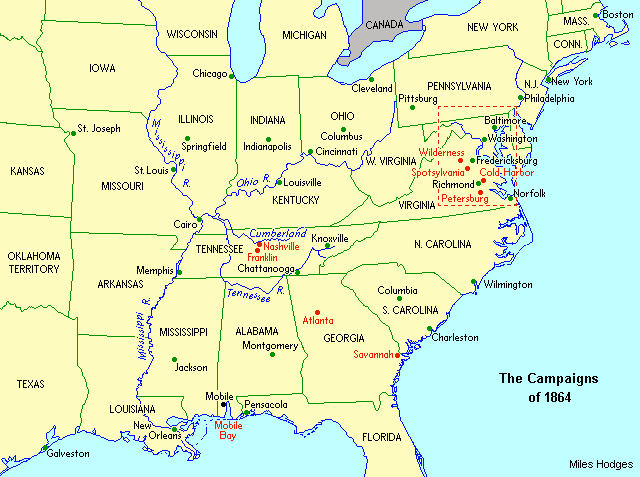
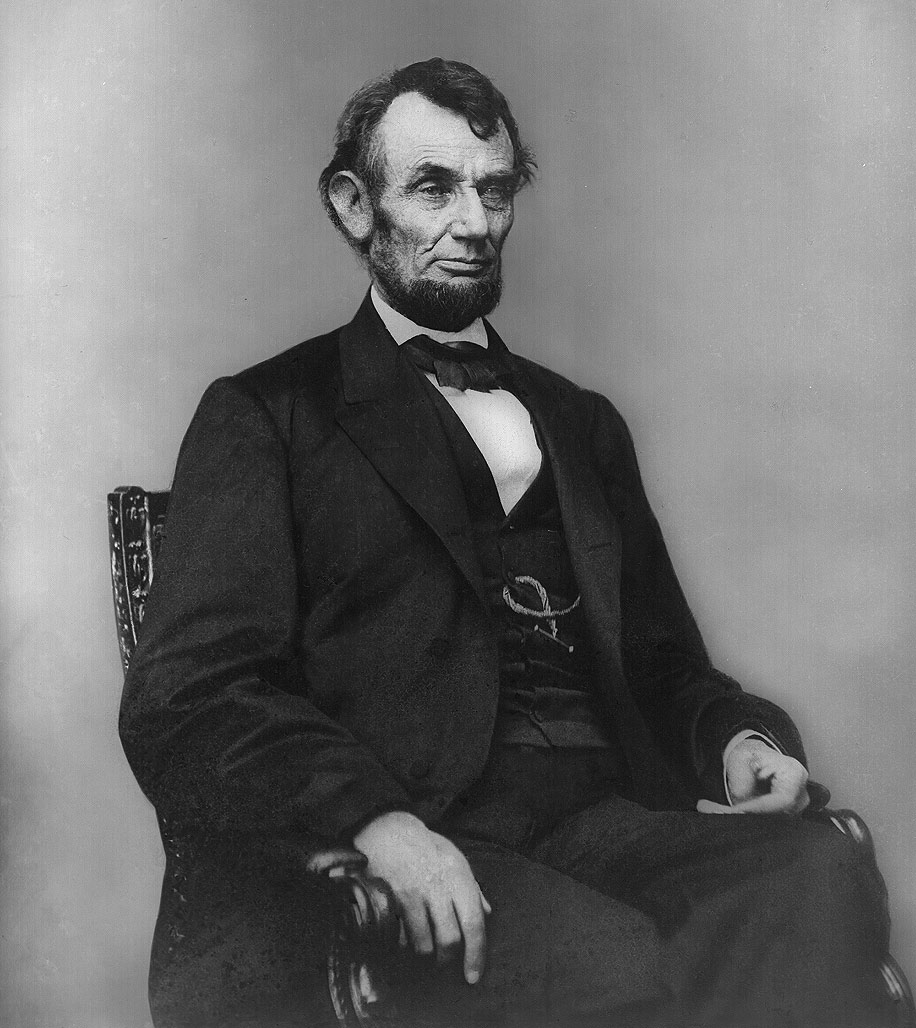

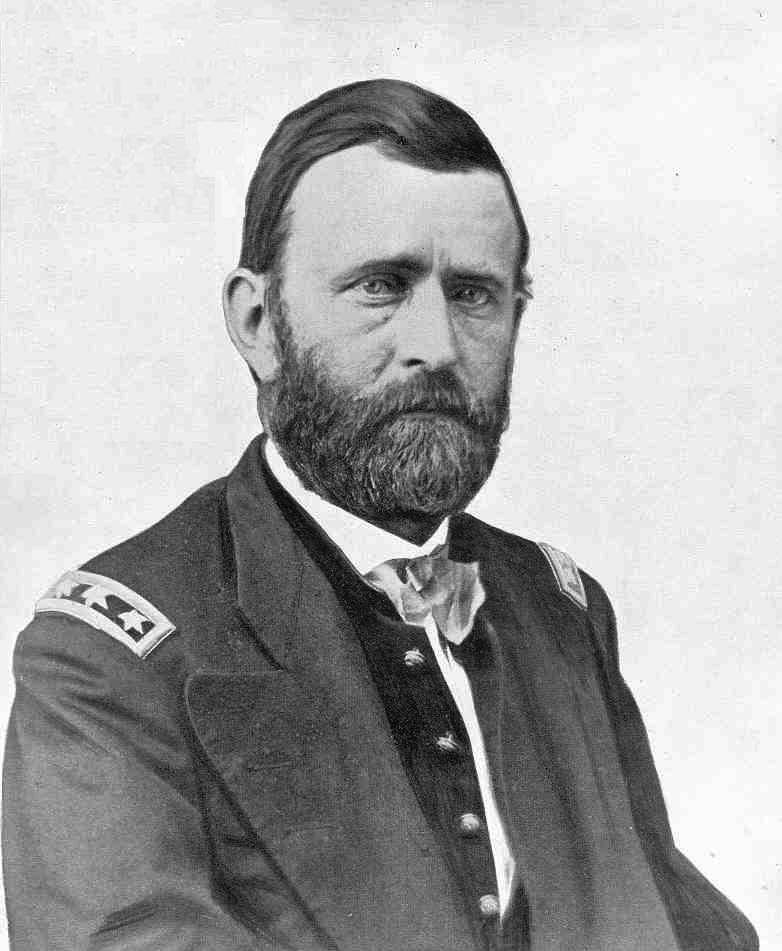

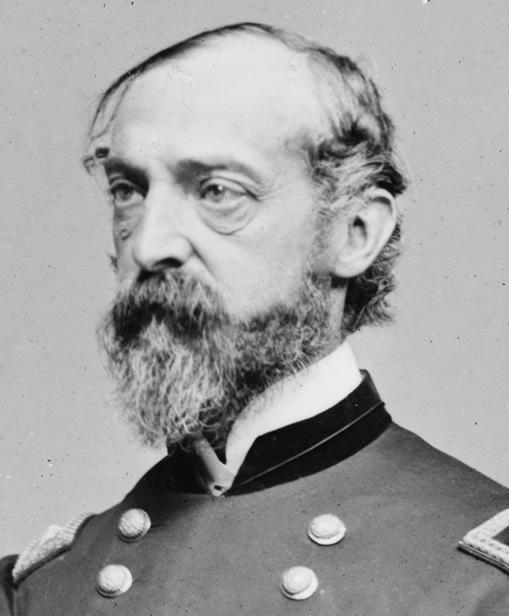
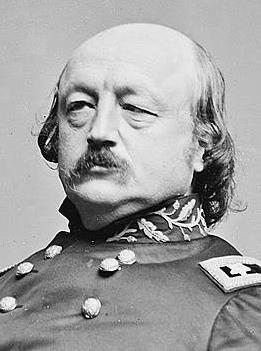
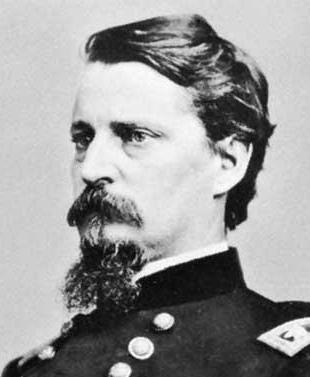
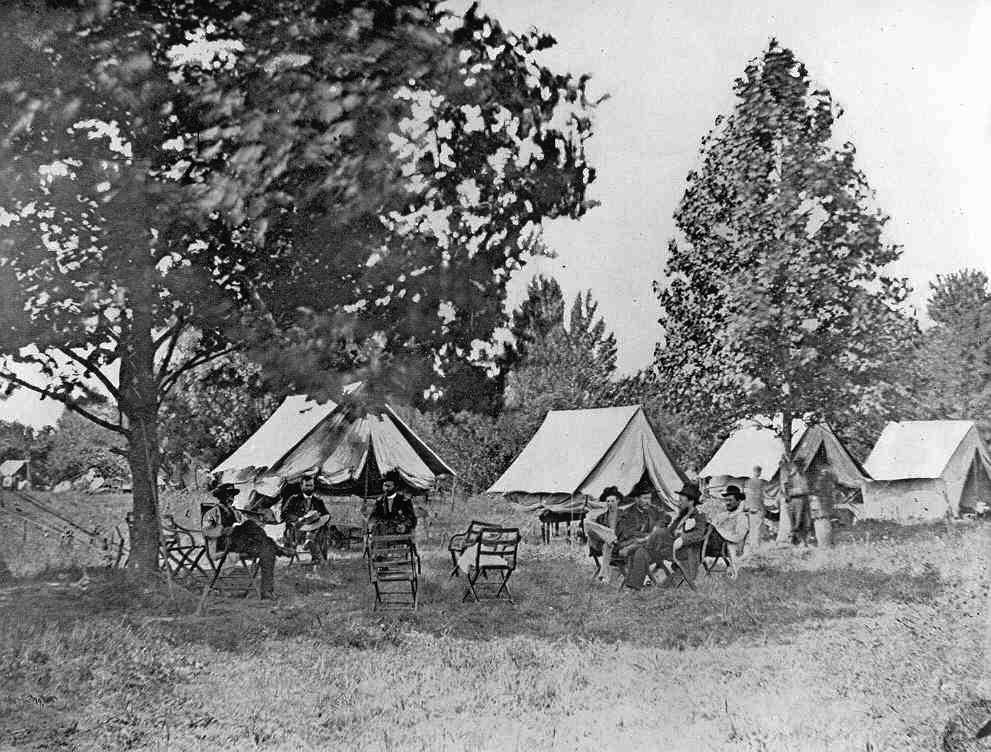
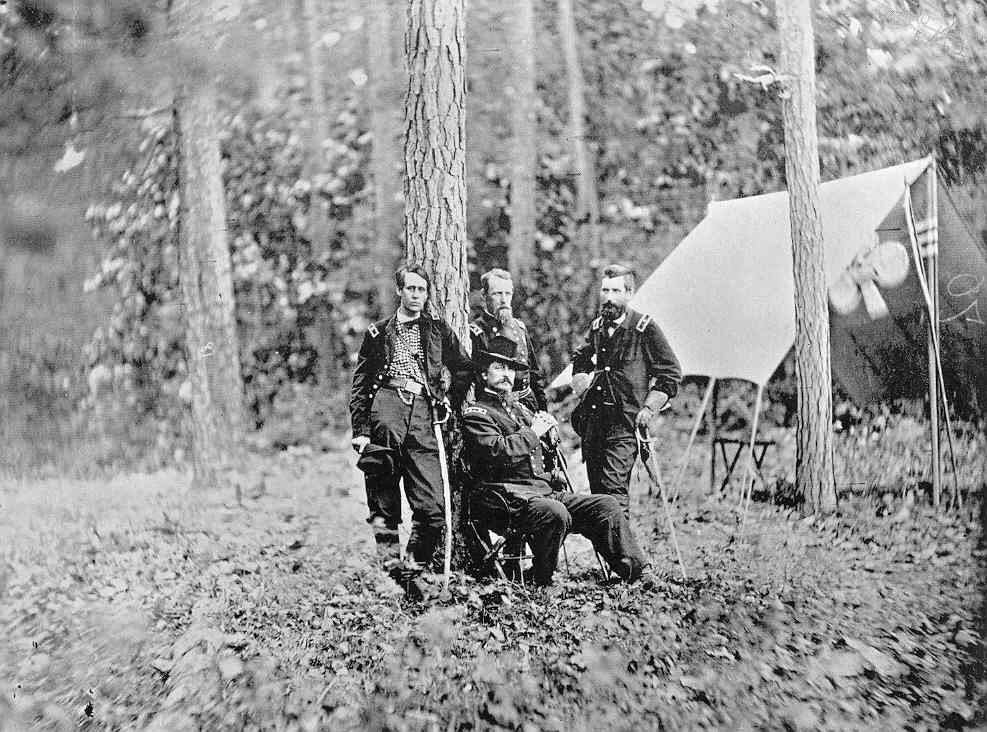
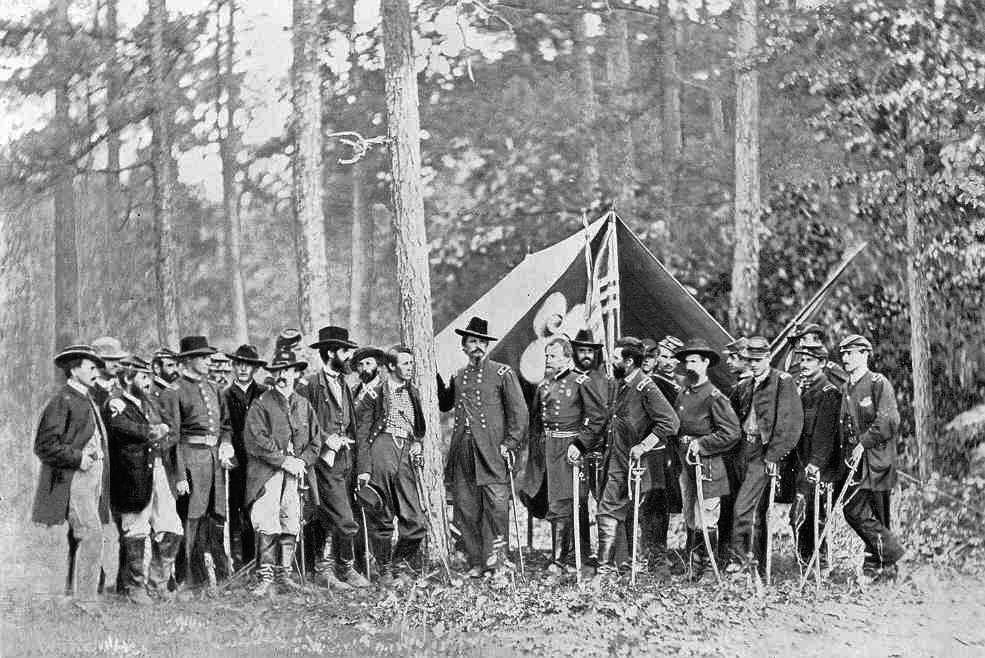
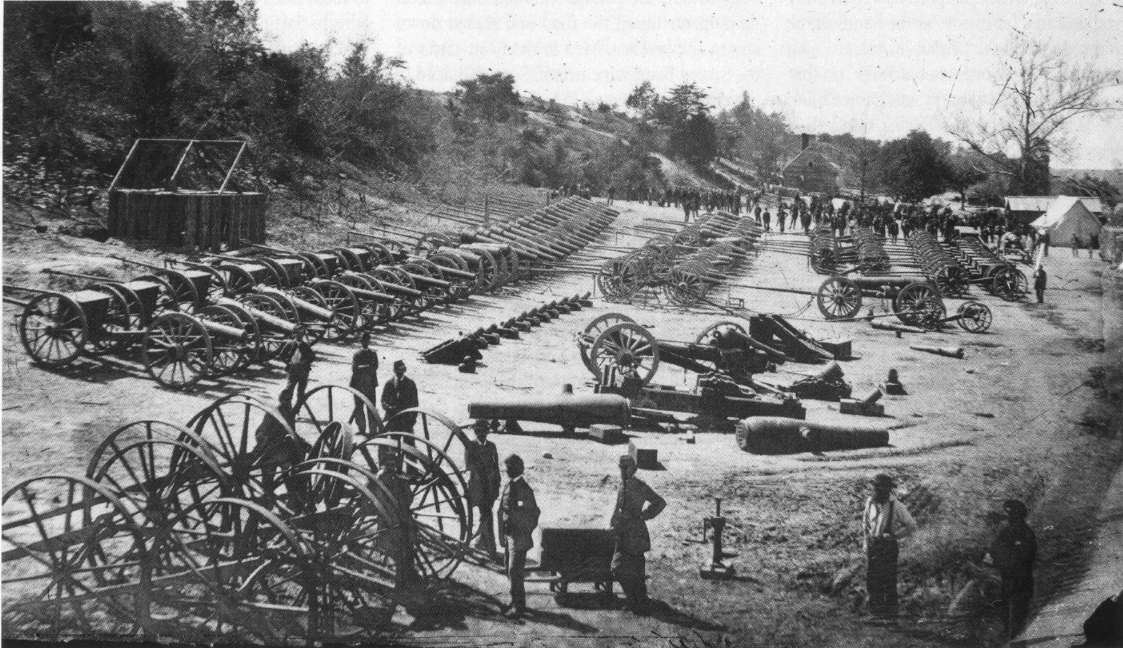
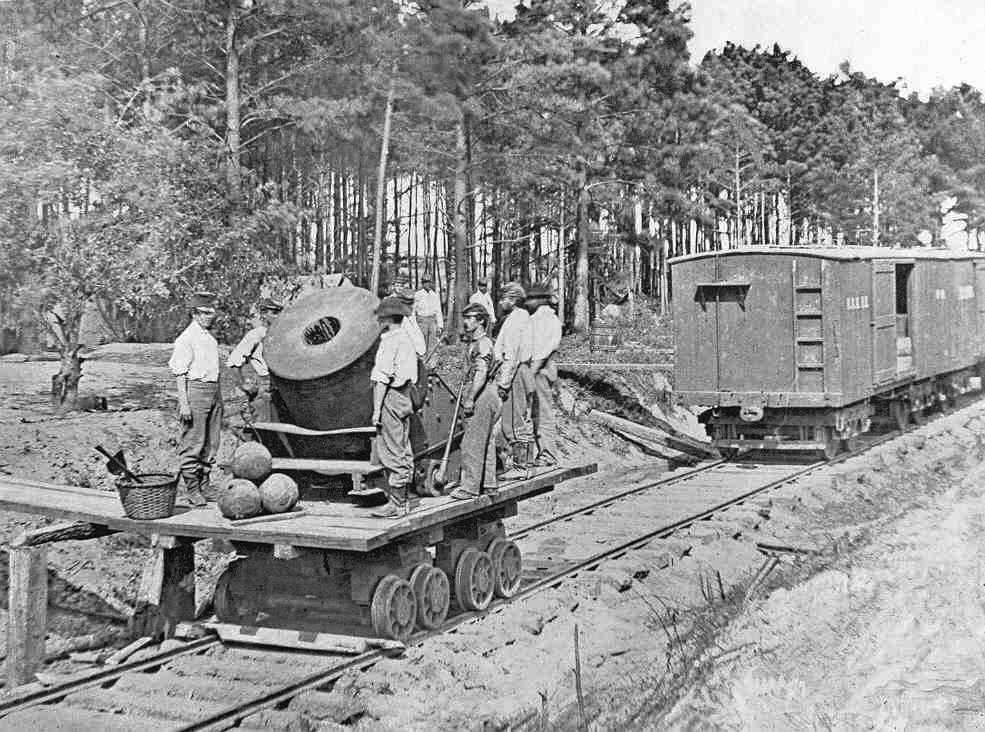
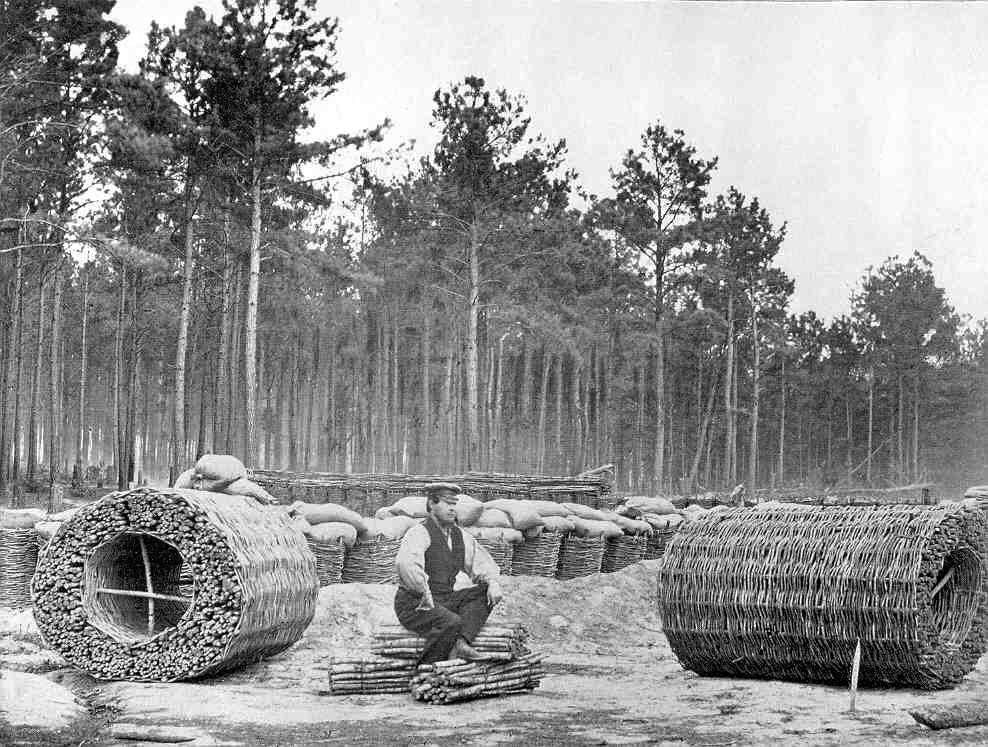
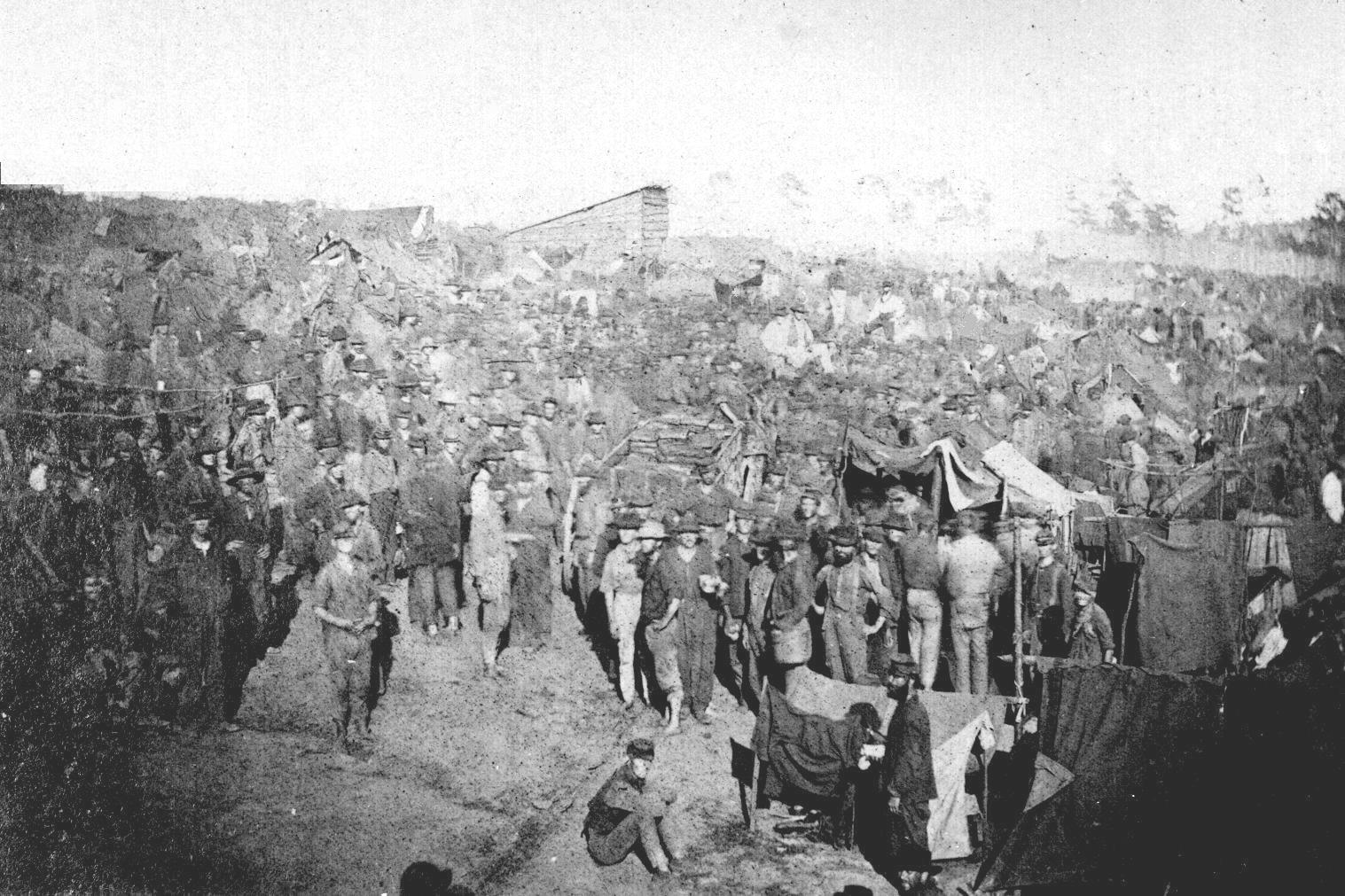
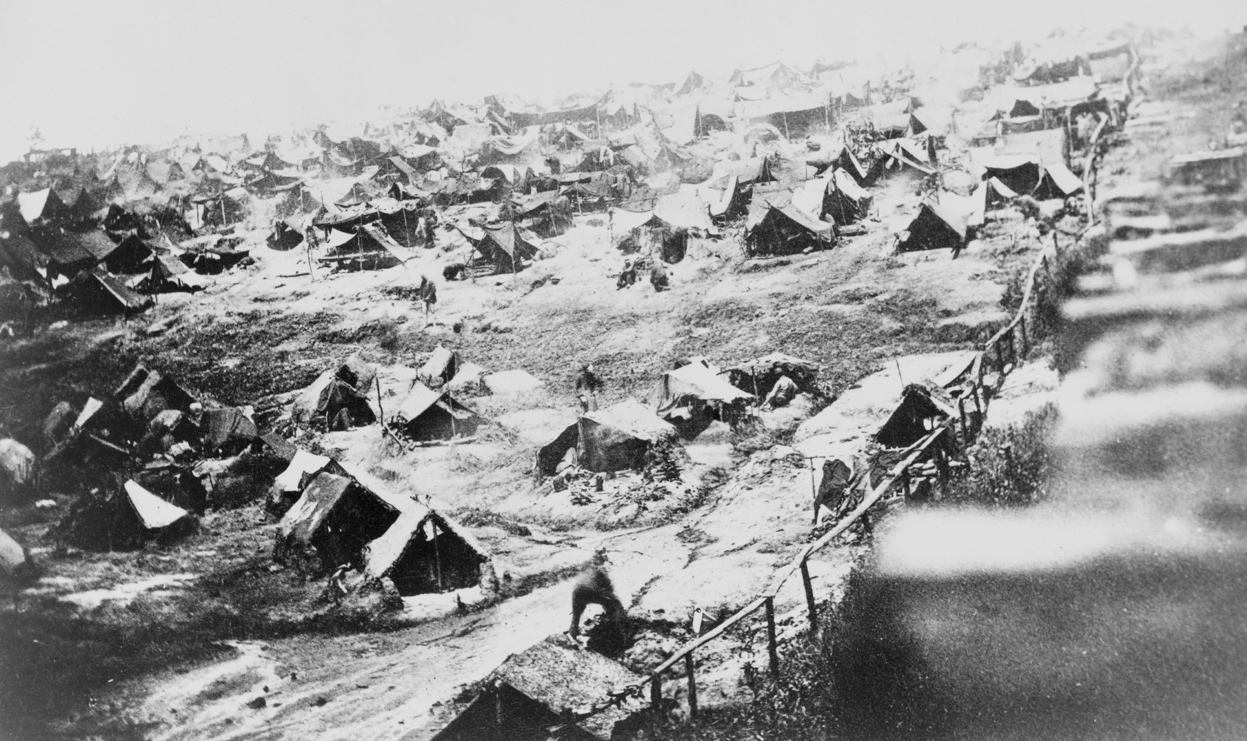
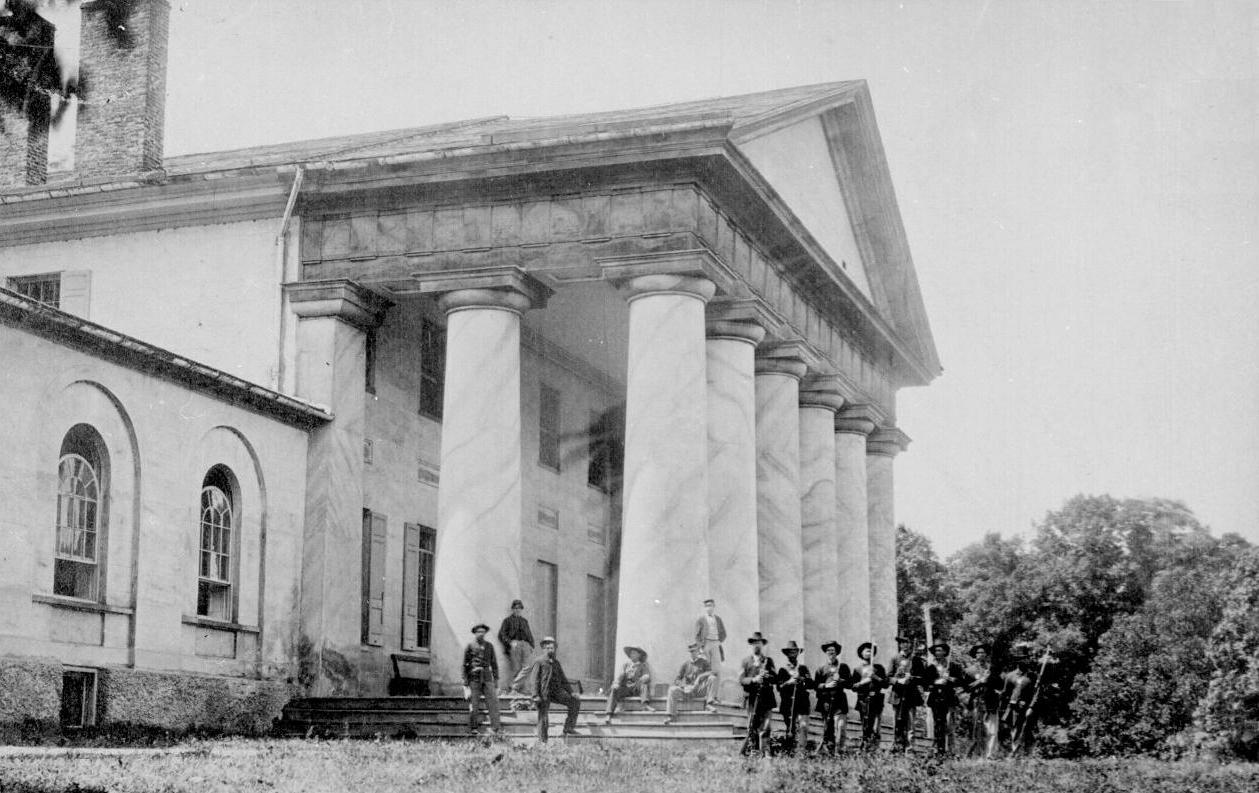
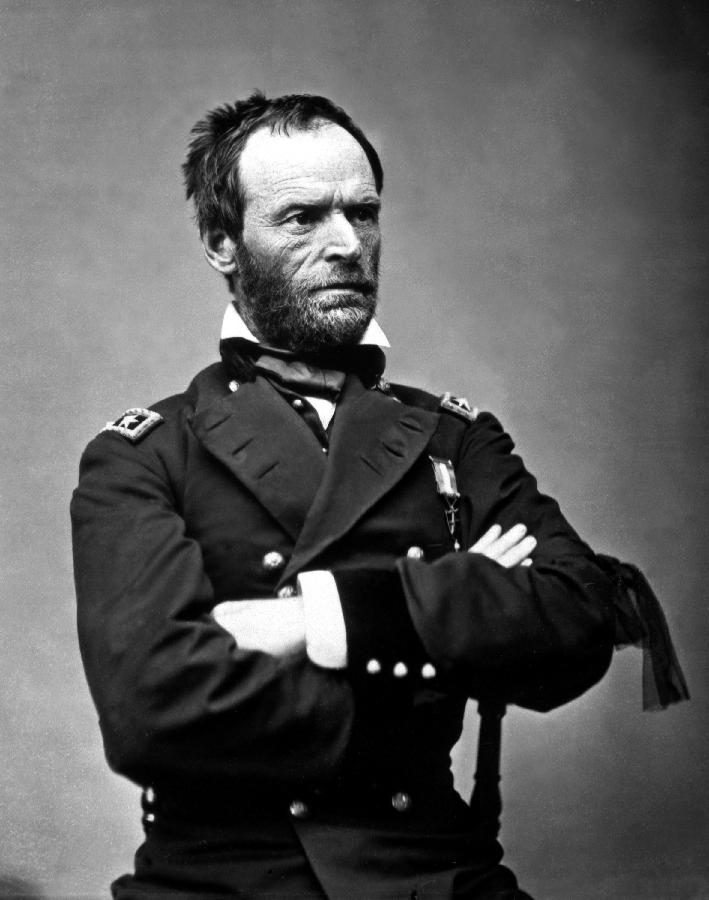
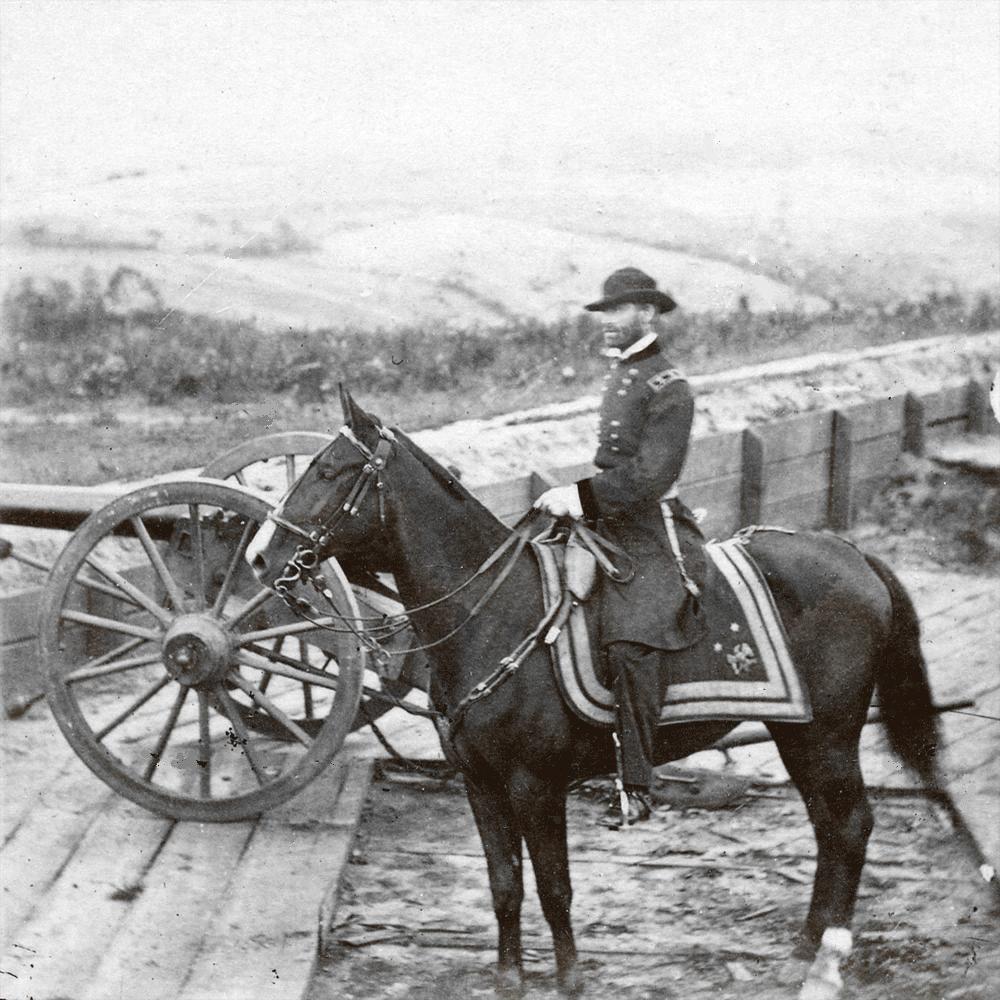
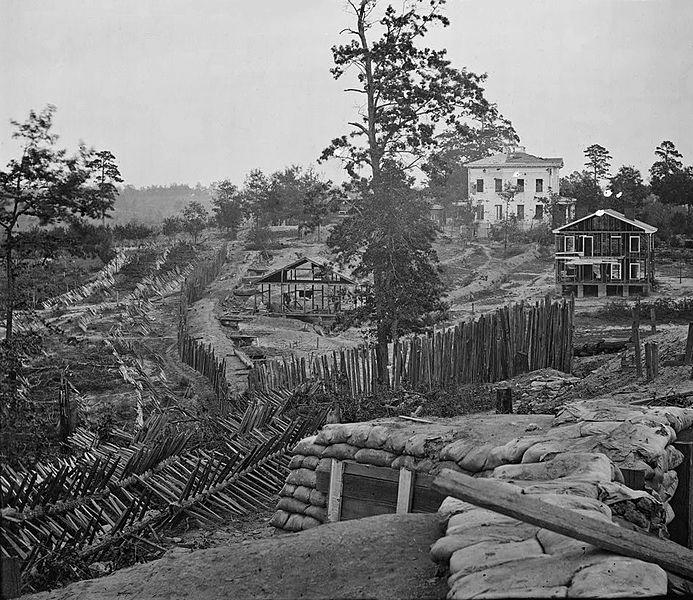
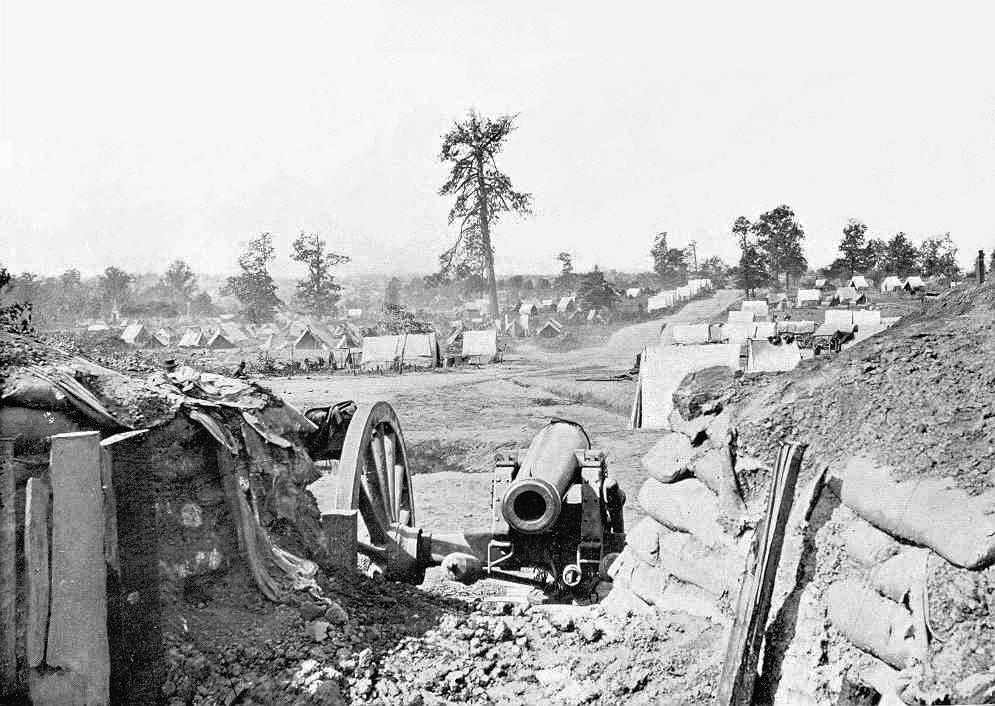
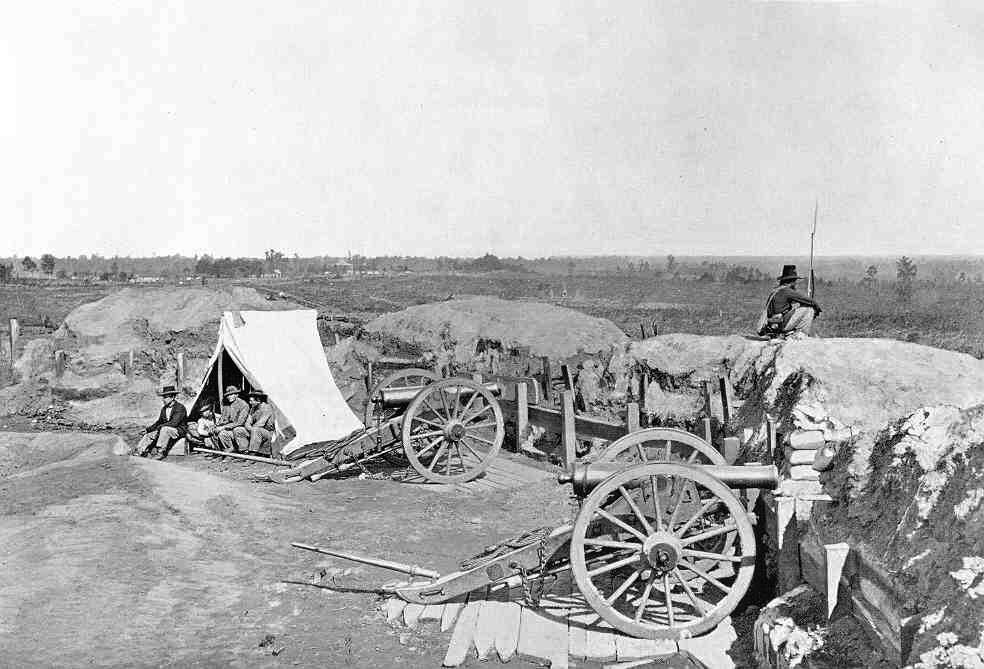
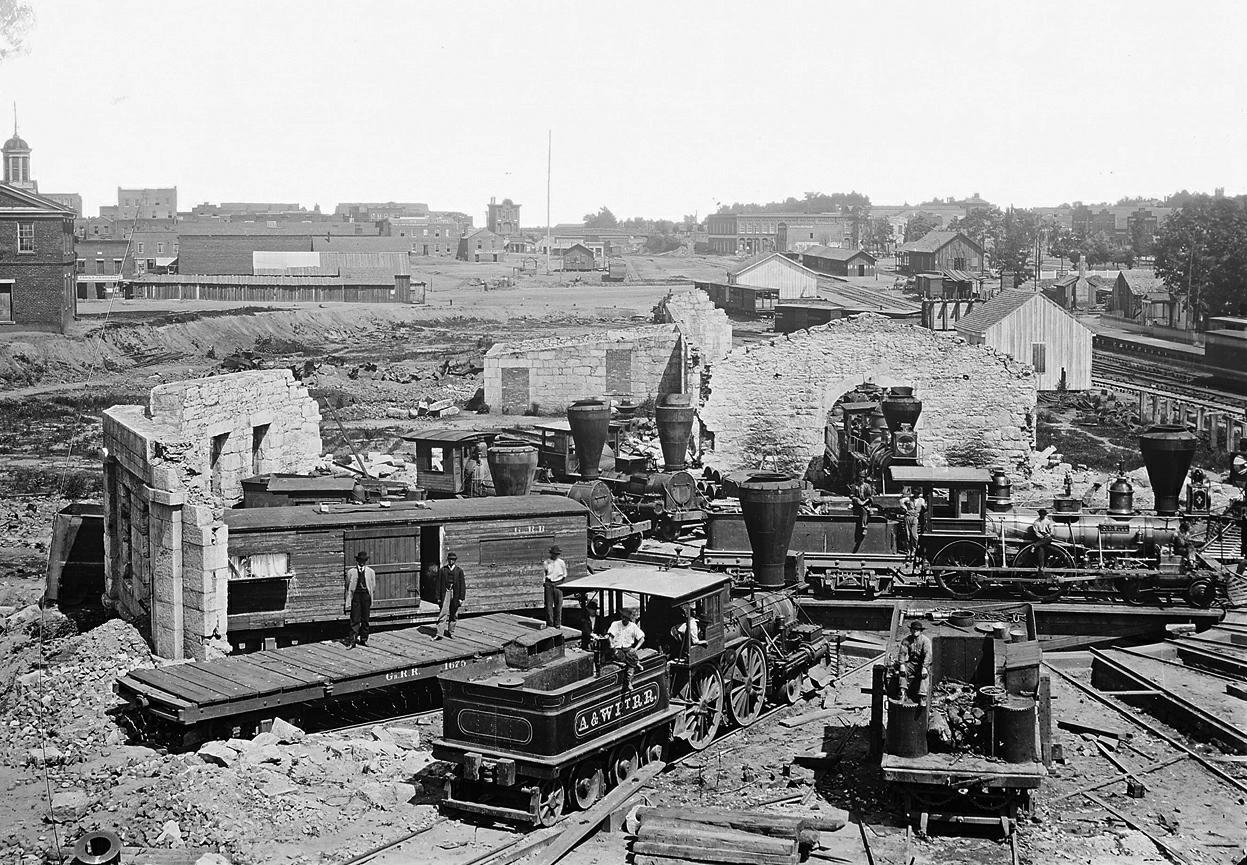
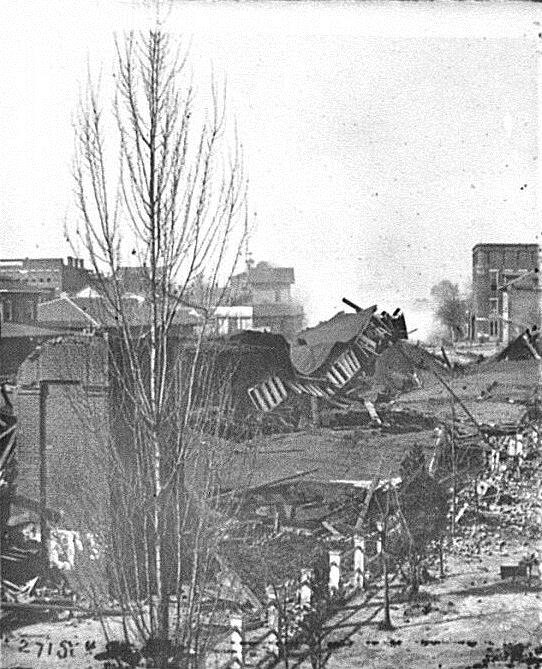
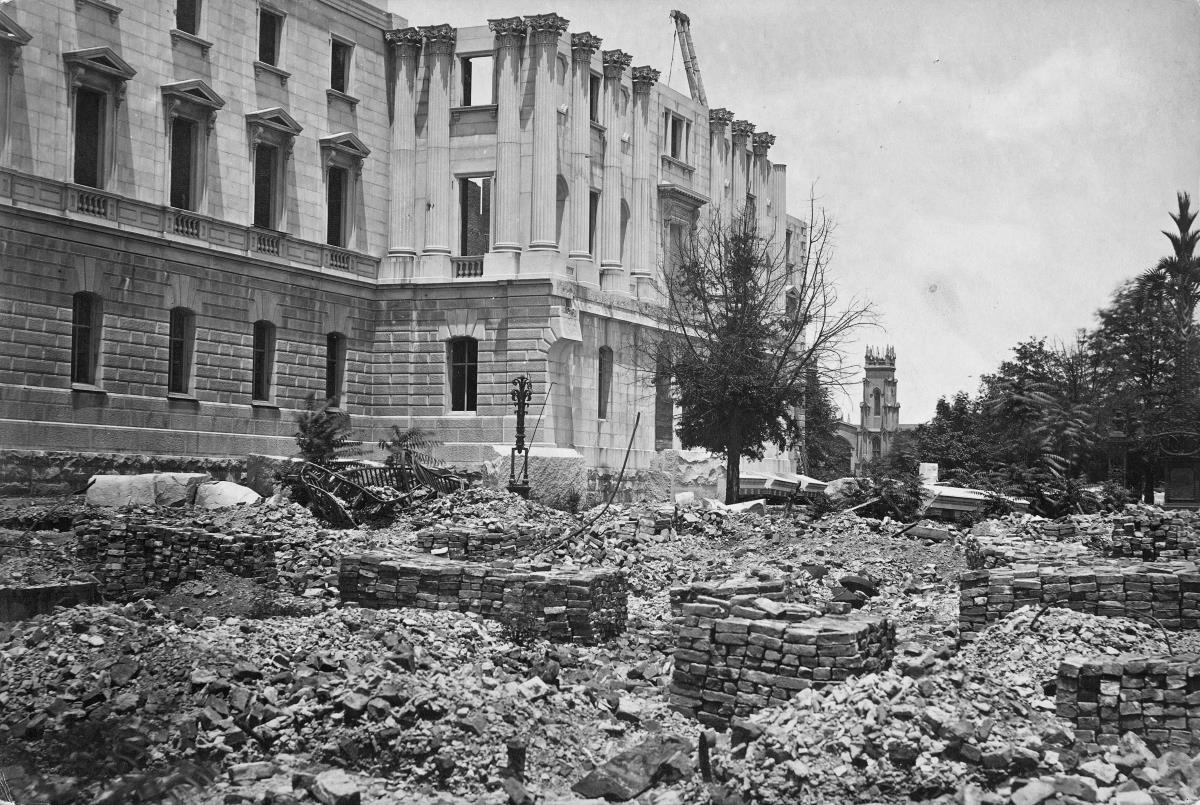
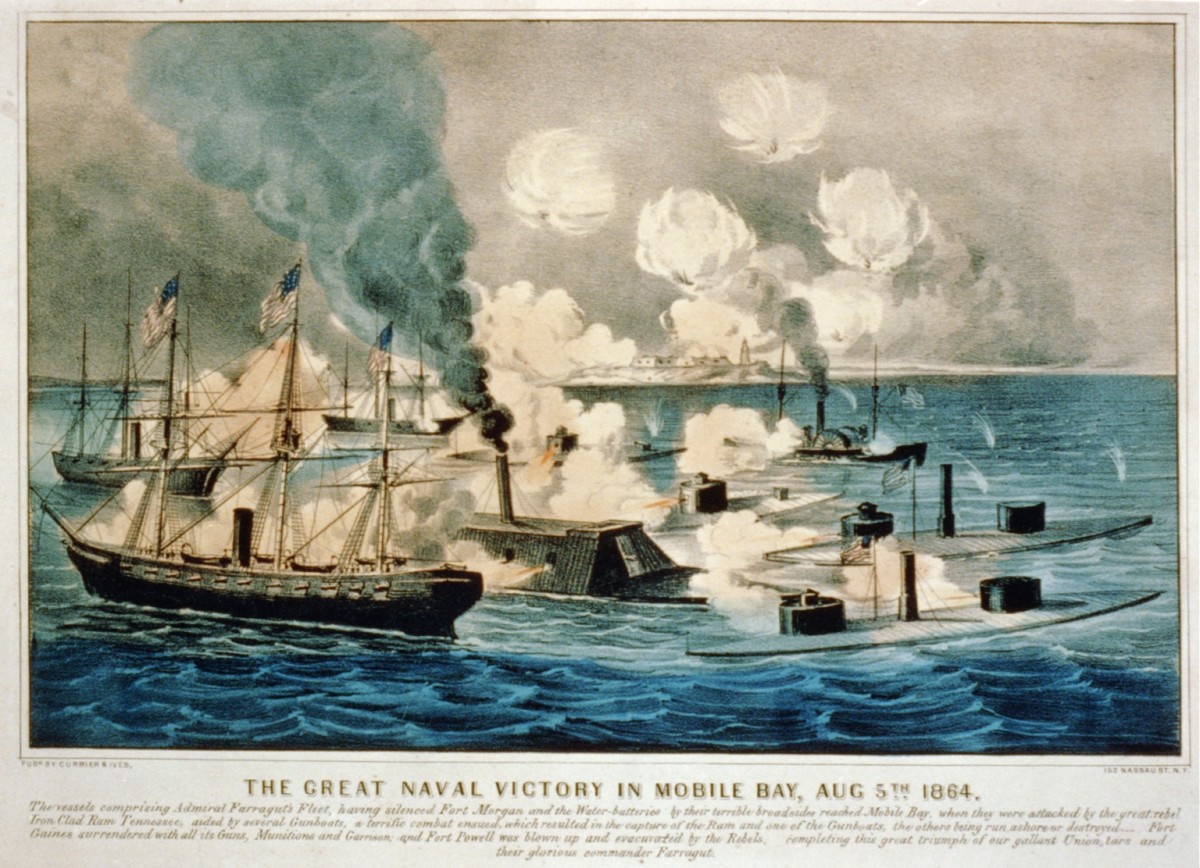
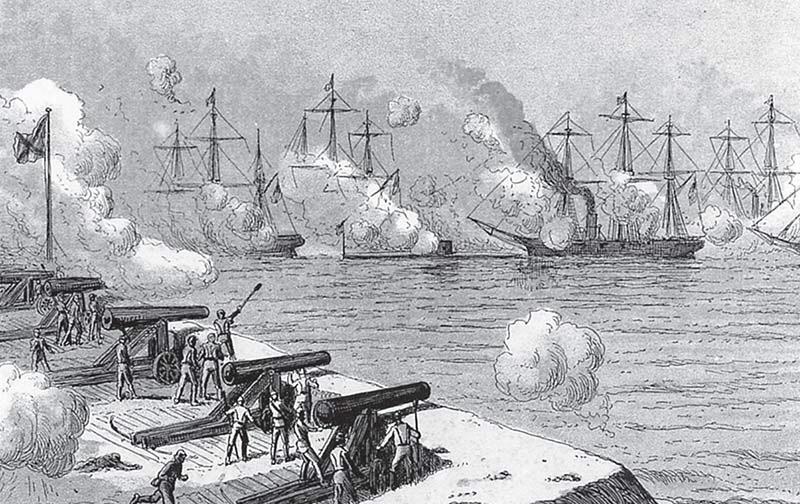
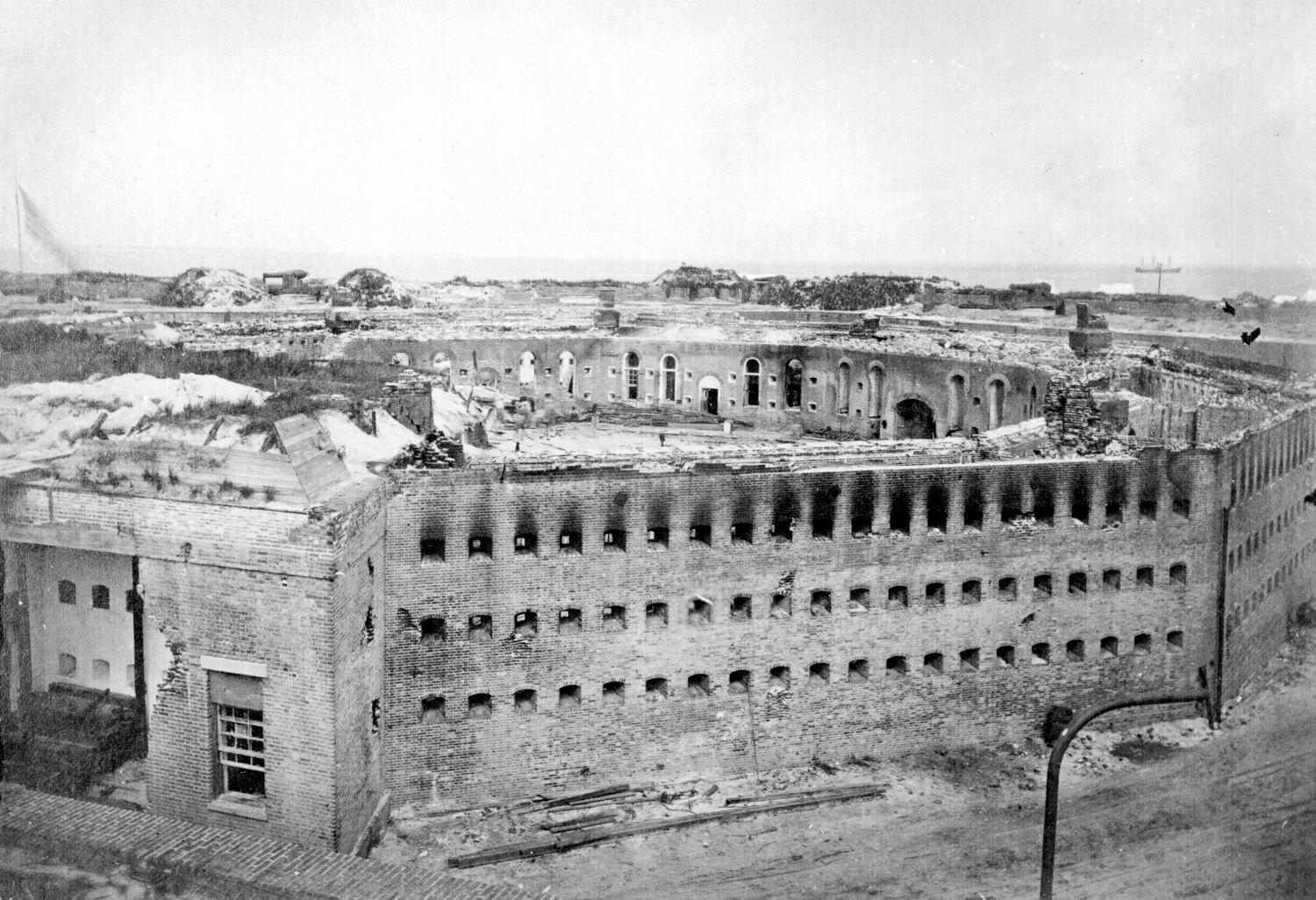
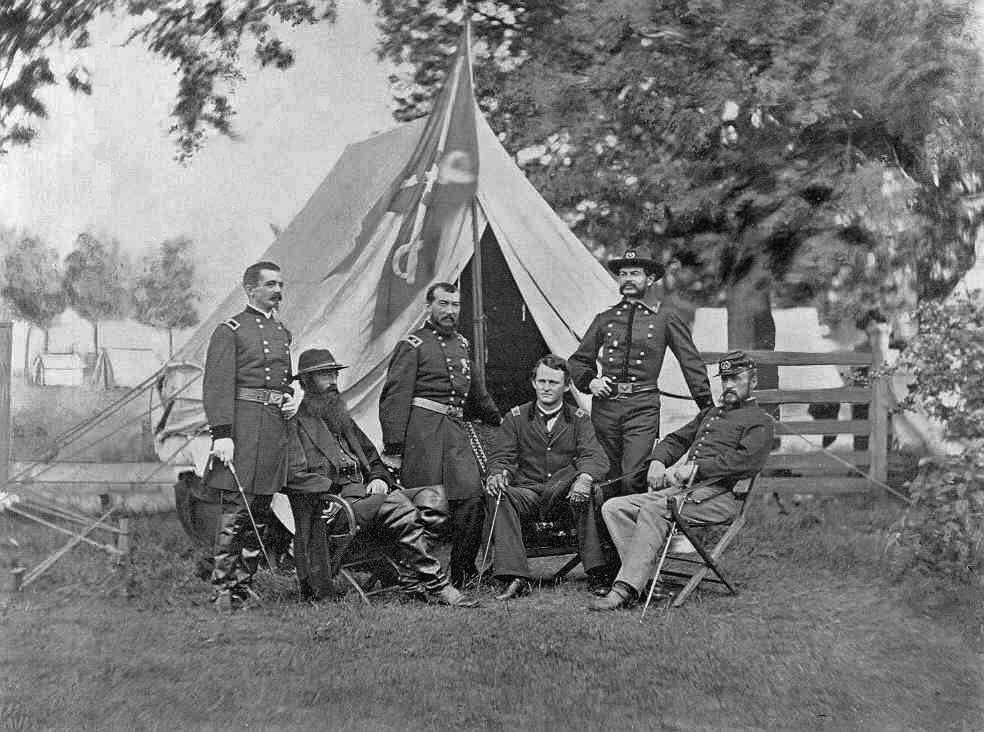
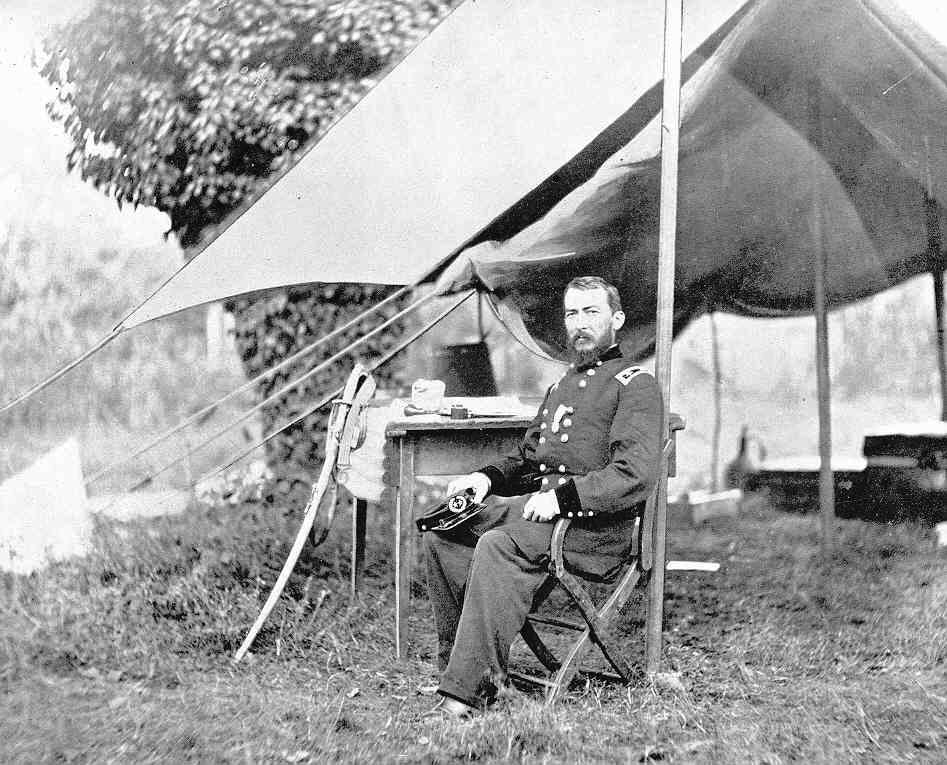
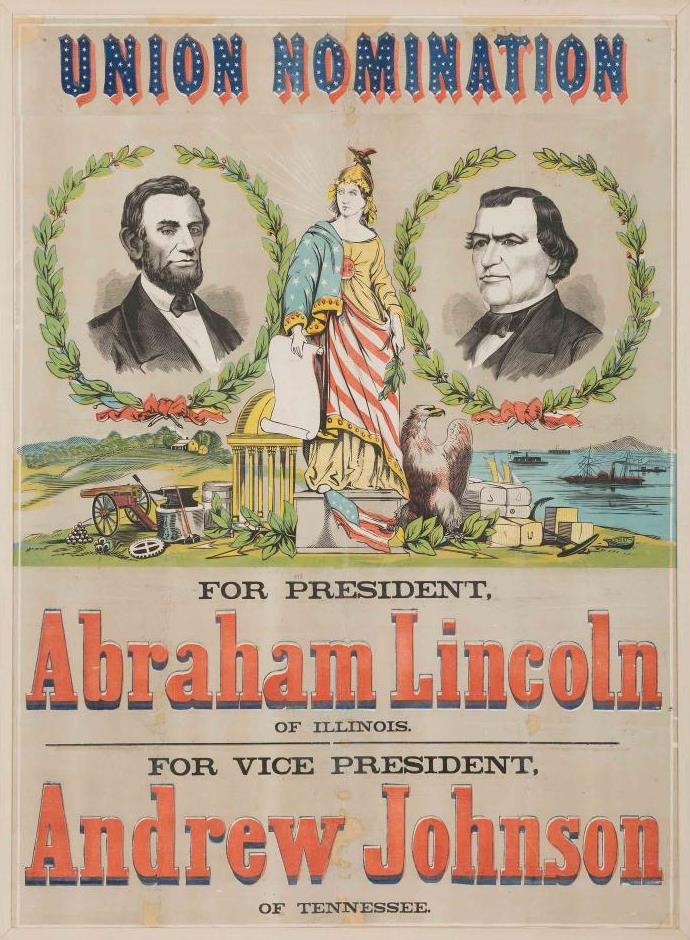
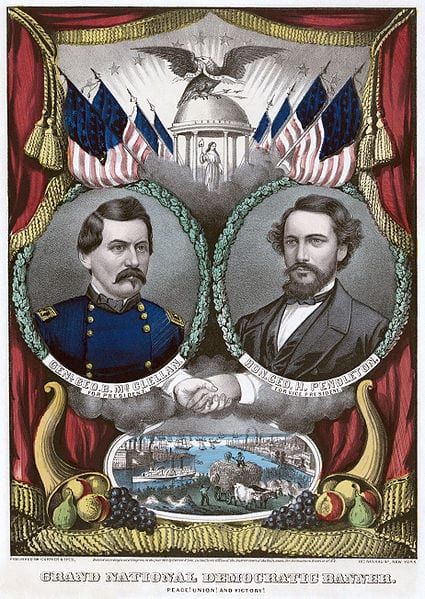
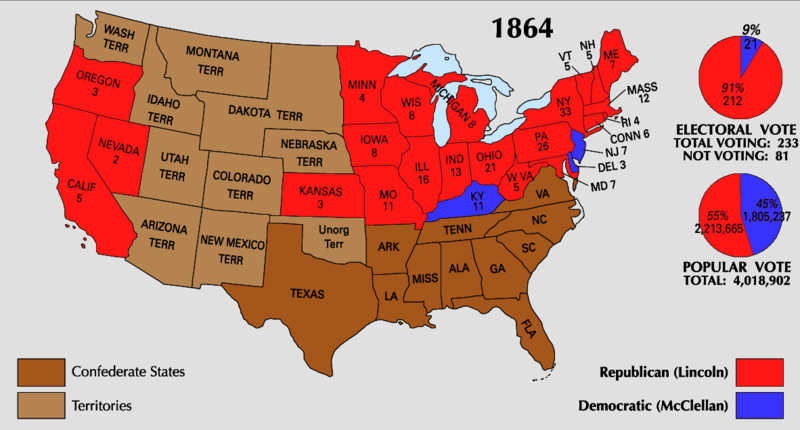
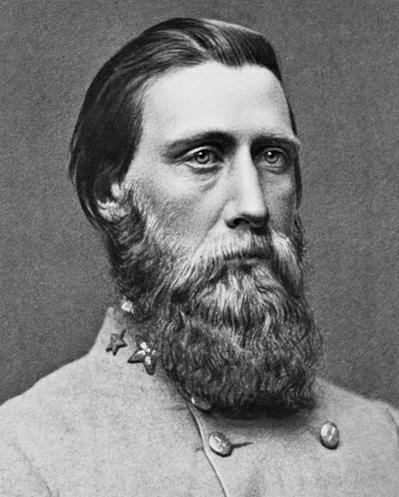

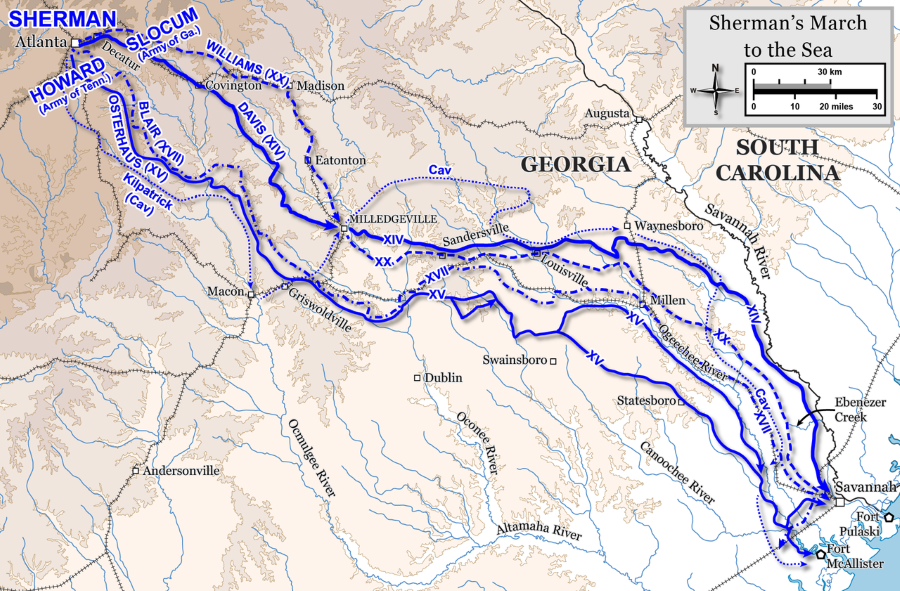
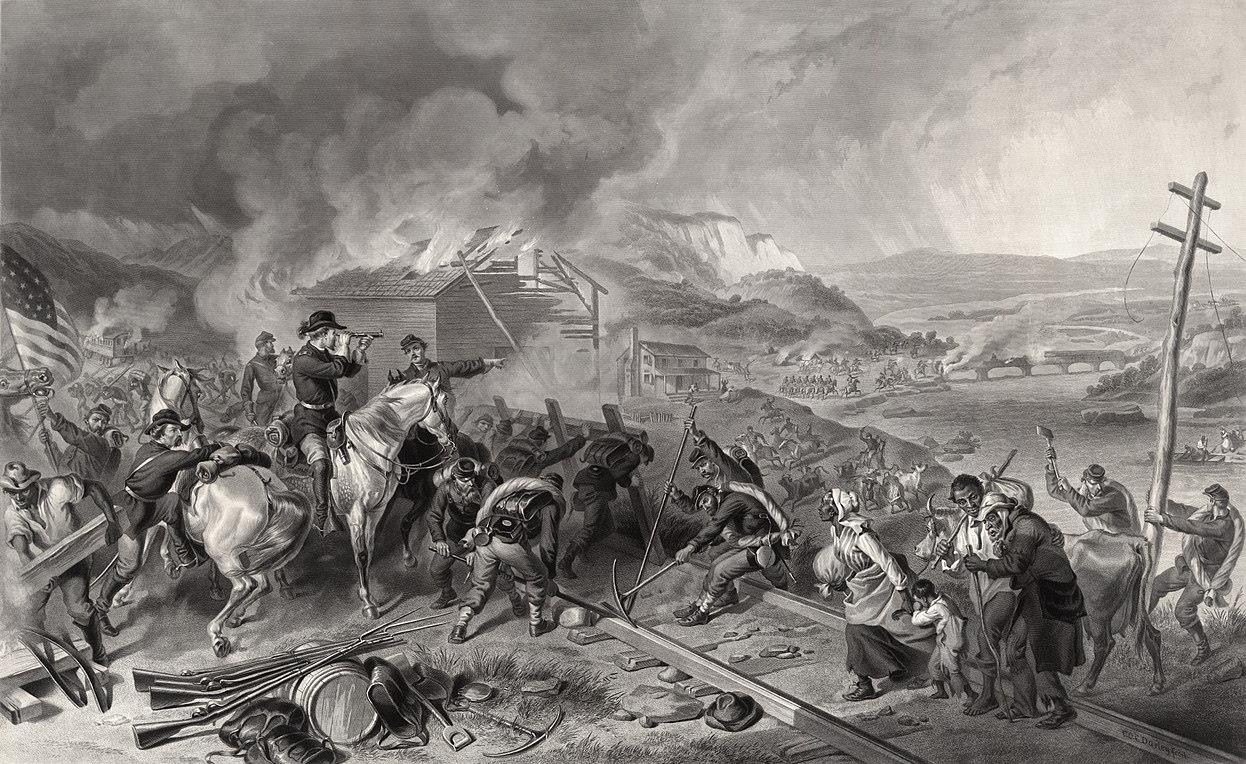
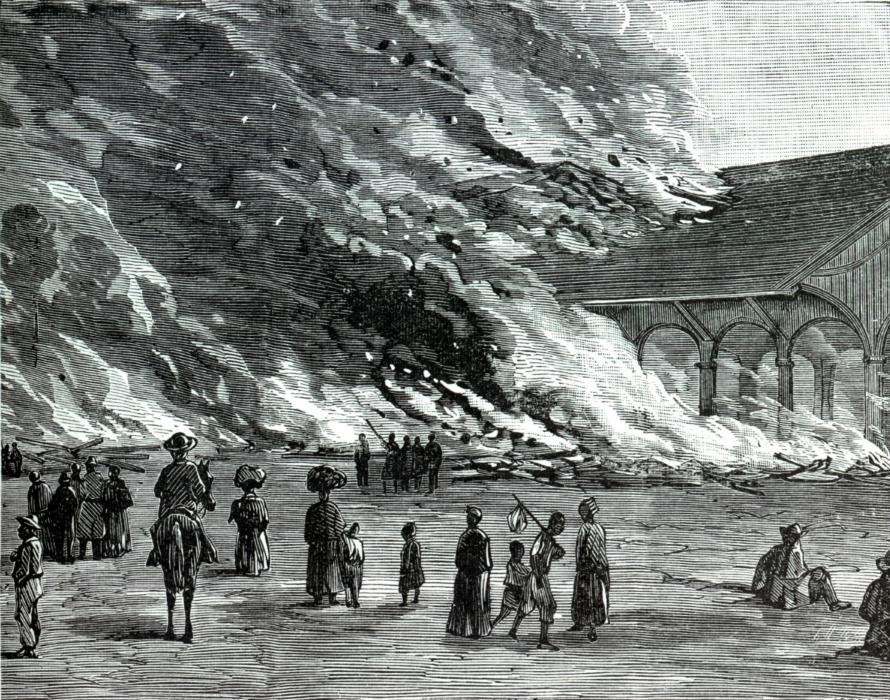
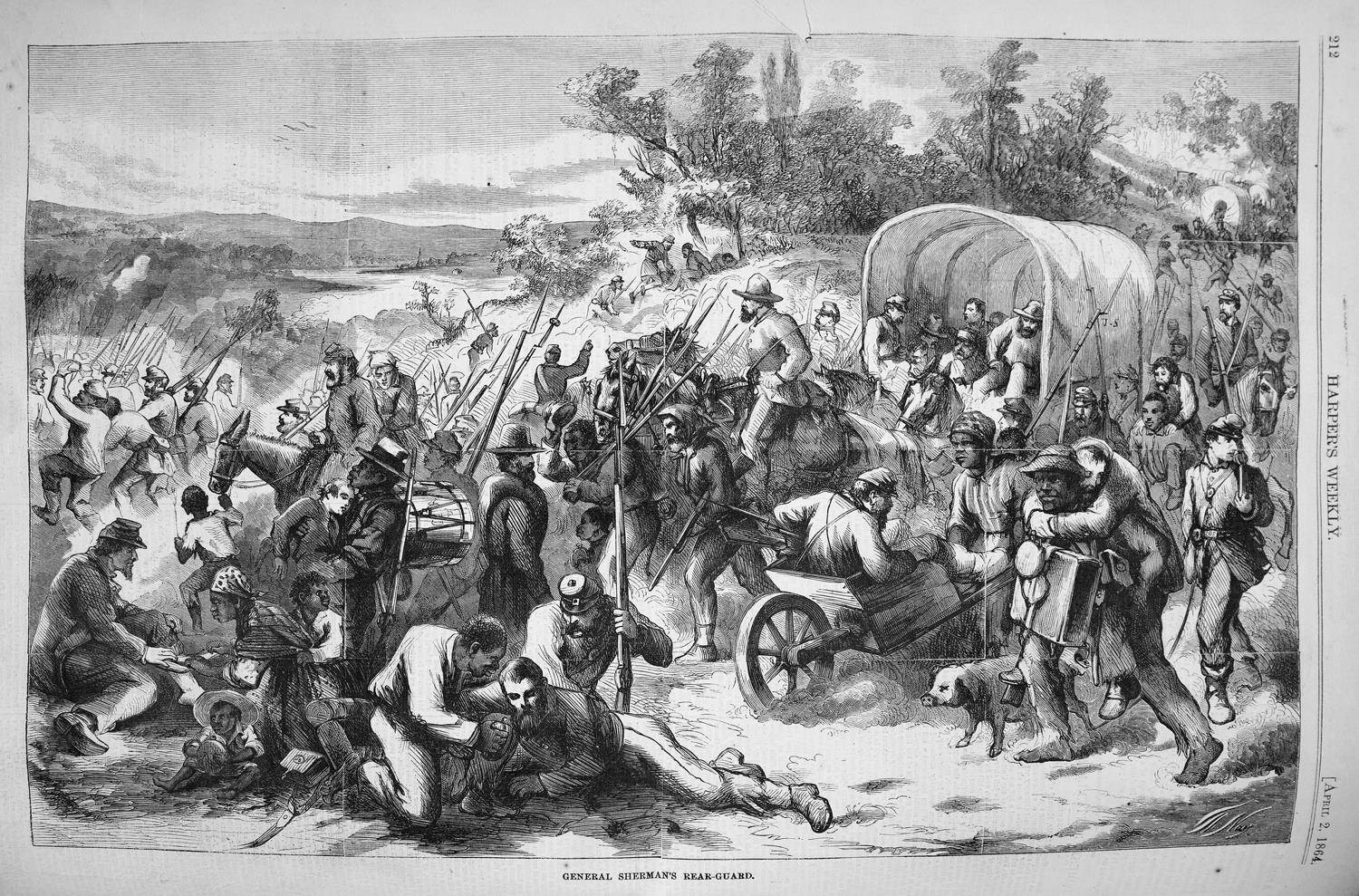
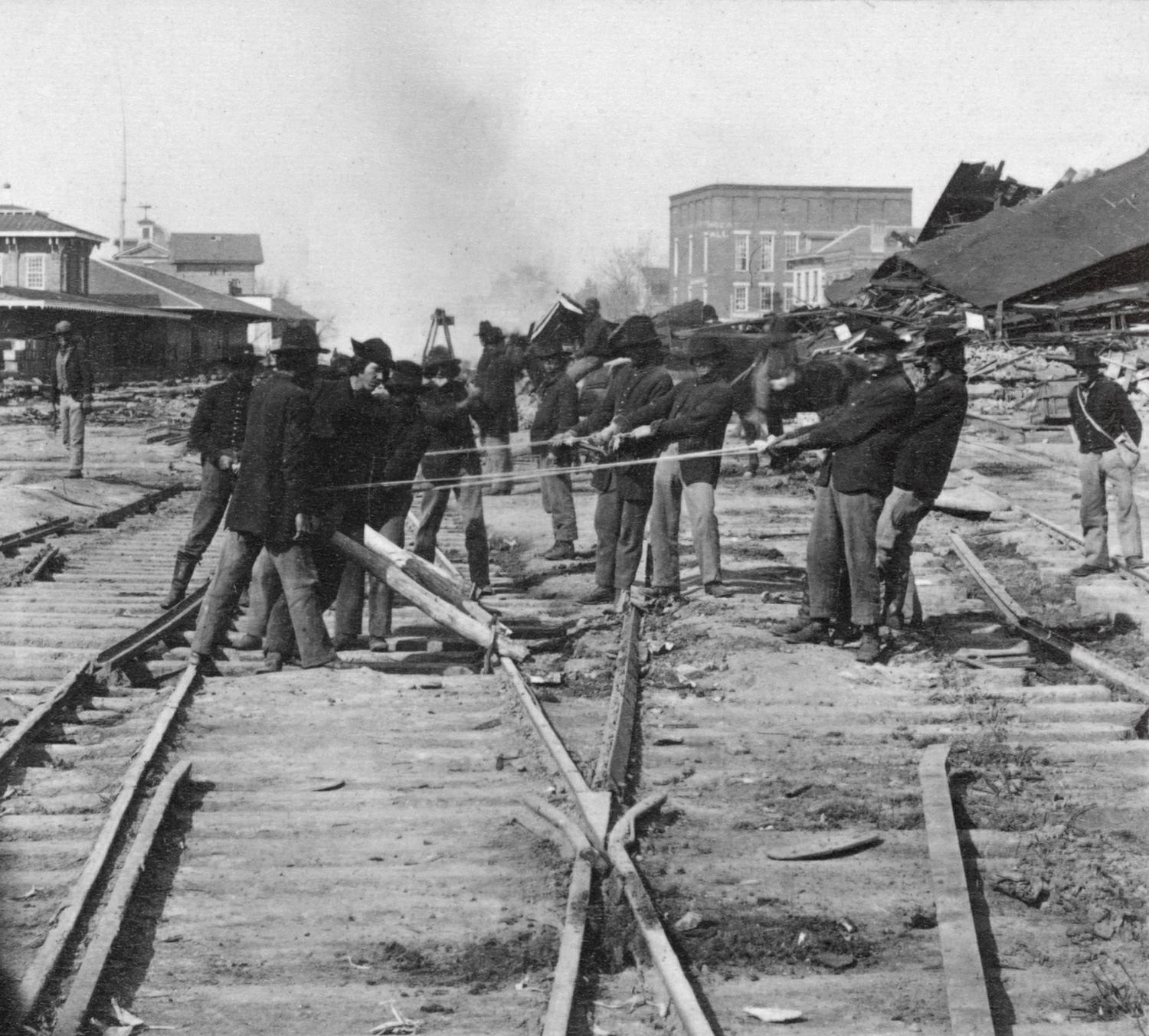
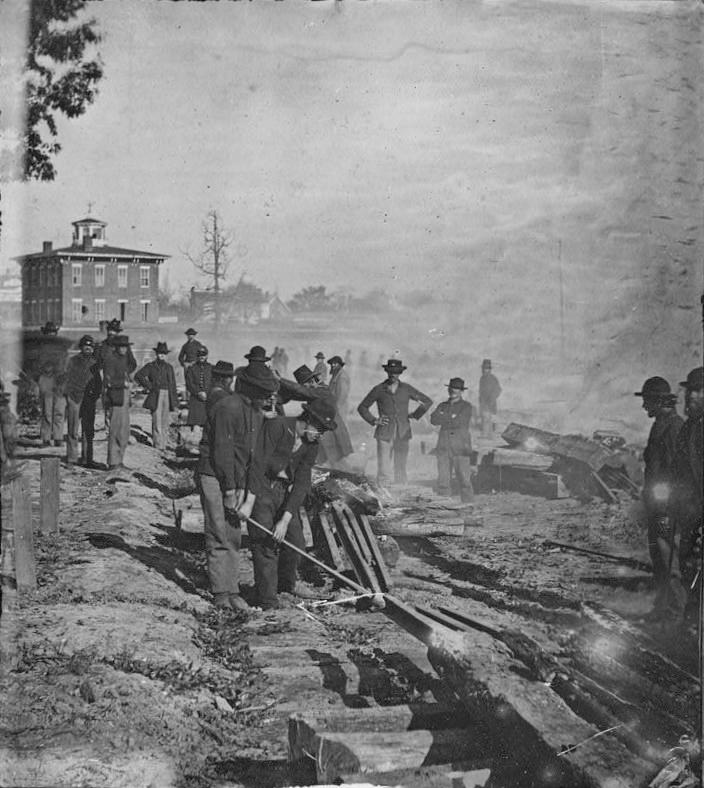
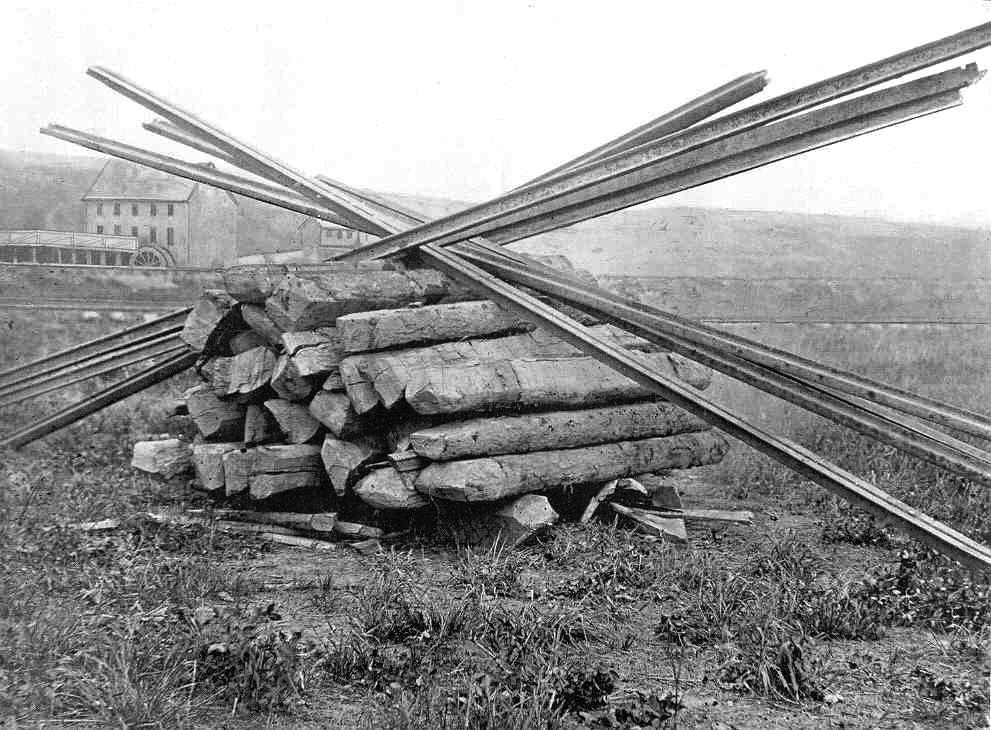
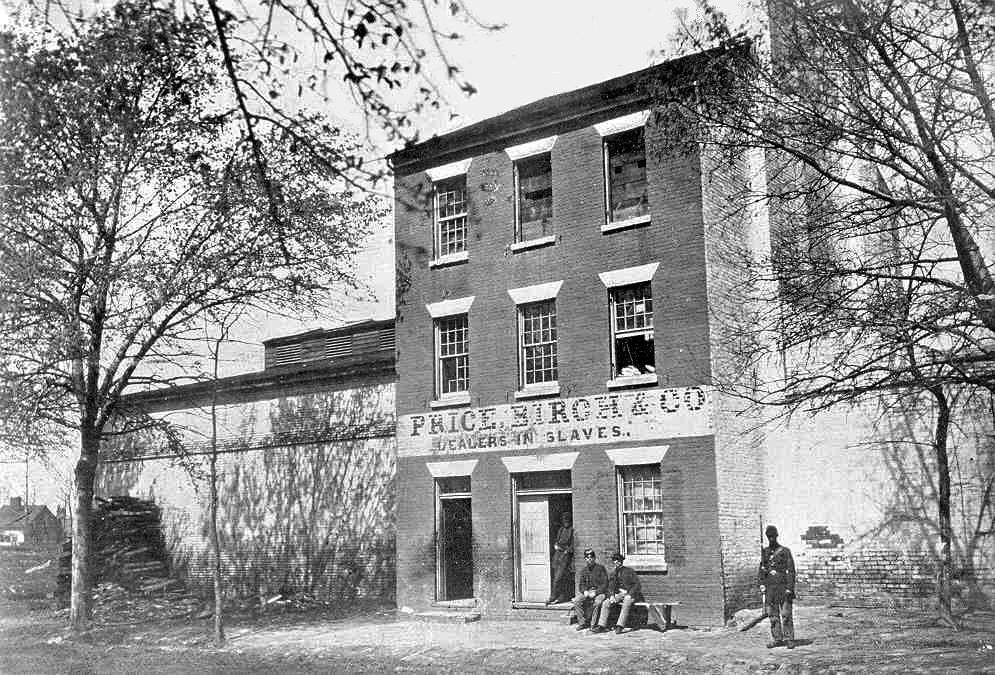

 Miles
H. Hodges
Miles
H. Hodges